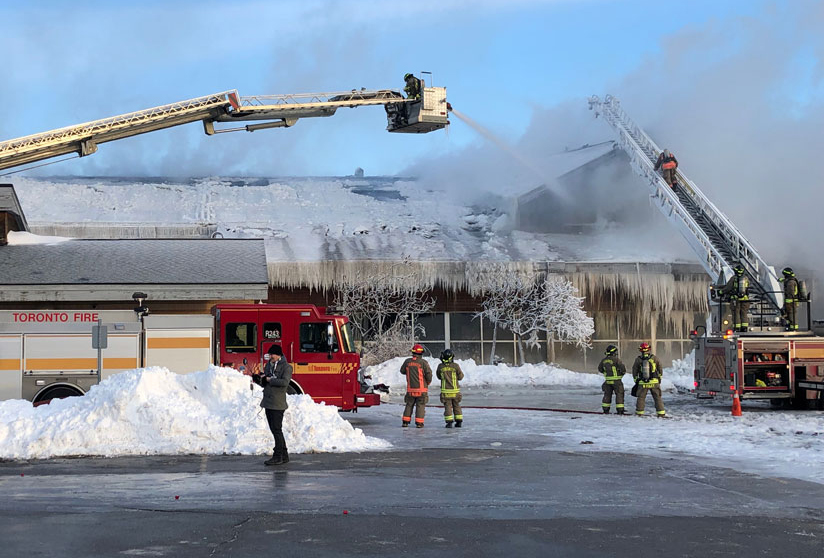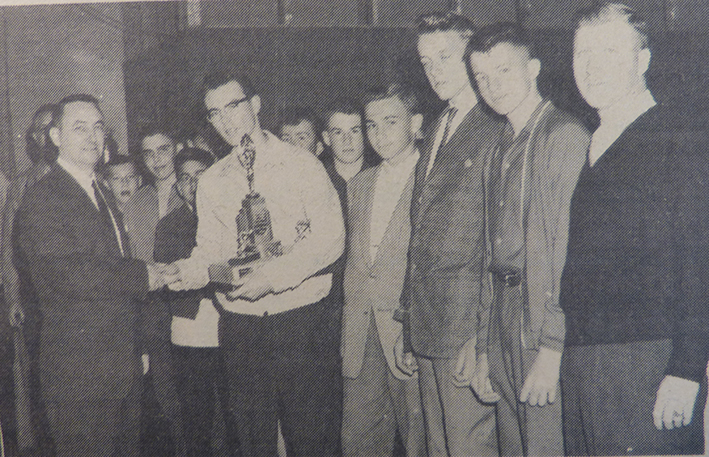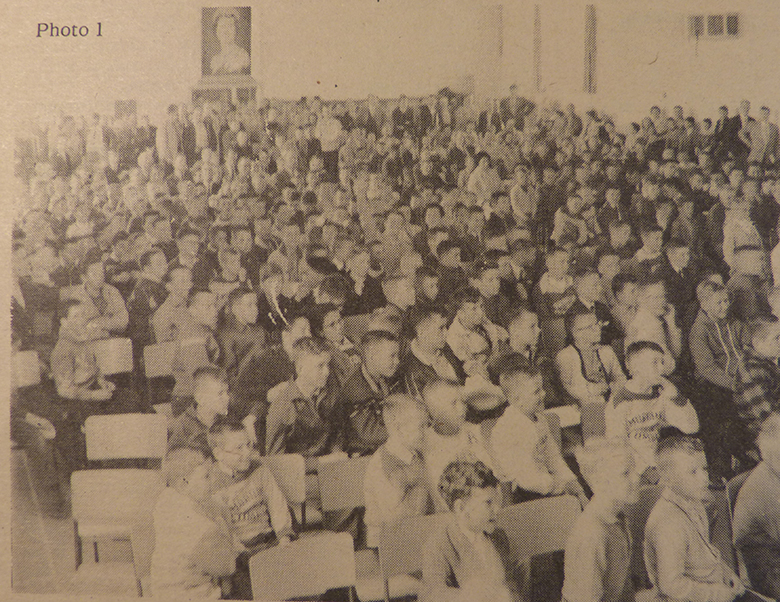
As soon as I heard about the multi-alarm fire at the Agincourt Recreation Centre, I paid attention for a number of reasons. Like a number of us in this part of Ontario, that particular rec centre is a familiar one. But I also wondered about the loss of a community’s vital organ. I caught the reports as firefighters continued to battle the blaze, and watched some of the residents in the area reacting to the fire. One reporter talked to a young boy.
“All the things we do in there,” the boy told Global News. “Now us kids won’t have that anymore.”
In case you missed it, last Thursday afternoon, firefighters arrived at the combination ice arena, swimming pool and community centre on Glen Watford Drive, in Agincourt, to find flames shooting from a storage room near the pool. They arrived at the fire so quickly, rec centre officials were still evacuating some people from the pool. But it became clear very quickly that this fire would be stubborn. It took 39 hours for firefighters and their 25 vehicles of equipment to extinguish the flames. A fire official said after, that the blaze had been contained in the rafters and that those timbers had been there for over fifty years.
I know that, because I remember seeing them go up.
My family moved to Agincourt in the mid-1950s. That’s when most said to us, “You’ve moved to where? Man, that’s the boonies!” In a way they were right. The house my parents bought on Glen Watford, just up the street from the rec centre, was literally on the outskirts of northeast Toronto back then; at the north end of our street was farmland as far as the eye could see. But we did have some amenities nearby.
That recreation centre for one, albeit a more modest edition of the building that’s there today. Almost from the day we moved it, we took advantage of its facilities – an open-air swimming pool, an open-air hockey rink, and a community hall. Those initial summers at the Agincourt centre, my sister and I earned our first Red Cross swimming badges there and I played my first hockey, again I emphasize, on outside ice. Minor hockey had ice time each Saturday morning, at 6, 7 and 8 o’clock.
“OK, boys, since we’re the 6 o’clock game,” Coach Schofield told us, “it’s up to us to shovel the ice. Let’s go!”
No body complained. It was part of the bargain. I can still remember my dad, having brought me to the arena at that ungodly hour (he also having just posted his Saturday newspaper column at the Globe and Mail at 1 or 2 a.m. that very morning), standing at the far end of the arena. Every once in a while, I’d look up to see if he was still there through the chain-link fence (no glass in those days).
I couldn’t see his face, just the cigarette smoke wafting up from under the parka hood wrapping his head. And then each spring when the hockey season ended, there was a final Saturday gathering of the year in the only enclosed part of the centre, the community hall.

“Climax To Agincourt Youth Hockey Season,” said the headline in the Agincourt Mirror the following week. “The awards party was a big success,” the reporter would go on, “if the noise of the 500-odd boys was anything to go by.” I still have that newspaper clipping, partly because that year, 1962, my team, sponsored by Agincourt Plaza, won the bantam trophy.
Look closely, and I’m there right behind Coach Frank Schofield receiving our trophy. But then the best part of that season-ending party was the free hot dog, bag of chips and Orange Crush drink. Finally that day, the league had all us hockey heroes sit in those horribly uncomfortable wood-backed, aluminum-framed chairs to enjoy the free movie – I kid you not – “Ma and Pa Kettle.”

More than hockey, when they finally roofed in the entire Agincourt Recreation Centre, there were Girl Guide and Boy Scout nights, candidate debates, and another special night I remember, the Father and Son Banquet. Now there was an occasion, not only because the whole community attended, but also because one year my dad and I were asked to speak about the value of community.
Naturally, I reflected on those frigid mornings before the roof, when Dad and I had enjoyed the Canadian Gothic – father bringing son to the arena. So, I can understand why that fire was so stubborn; those roof timbers were built to last; and they’ve witnessed a lot of community heritage since the 1960s.
For the sake of all those memories and today’s kids wanting to create their own there, I hope they repair and reopen the Agincourt Rec Centre as quickly as possible.